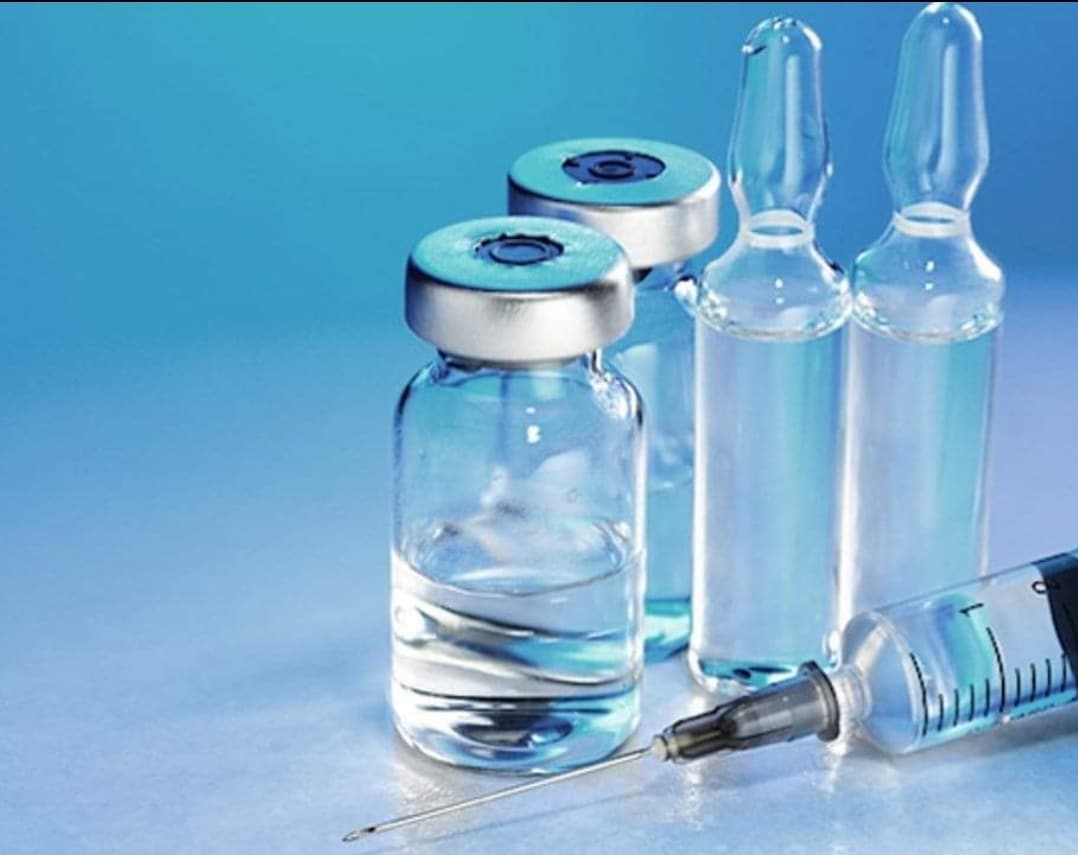USP Relative Bioavailability Testing
The USP relative bioavailability testing is a critical process in pharmaceutical development and quality assurance, ensuring that the formulation of injectable or parenteral products is as effective as the reference product. This service involves measuring the rate and extent to which the active drug ingredient is absorbed from the dosage form into the bloodstream after administration.
The primary objective of this testing is to evaluate whether a new formulation provides equivalent bioavailability compared to an approved reference product, thereby ensuring patient safety and efficacy. The process adheres strictly to USP 1 guidelines which are internationally recognized standards for drug quality assurance.
In the context of injectable products like parenterals, this testing is particularly important because the route of administration can significantly impact the bioavailability of a drug. For instance, intravenous injections typically provide faster absorption compared to subcutaneous routes. The test involves multiple steps including the preparation of the formulations, dosing procedures, and the collection and analysis of plasma samples.
The testing process begins with preparing both the new formulation and the reference product under strict quality control conditions. Dosing is performed according to specific protocols designed to mimic real-world scenarios as closely as possible. Post-dose, blood samples are collected at various time points to monitor the concentration of the active ingredient in the bloodstream.
Analysis of these samples requires sophisticated instrumentation such as LC-MS/MS (liquid chromatography-tandem mass spectrometry) which provides high sensitivity and accuracy necessary for quantifying trace amounts of drugs. The data generated is then used to calculate pharmacokinetic parameters like Cmax, Tmax, AUC, and bioavailability ratios.
The USP relative bioavailability testing not only ensures regulatory compliance but also plays a vital role in optimizing formulations. By comparing the new formulation's performance against the reference product, manufacturers can identify areas for improvement such as enhancing stability or adjusting excipients to improve efficacy.
| Pharmacokinetic Parameters | Description |
|---|---|
| Cmax (Peak Concentration) | The highest concentration of the drug in the blood during a dosing interval. |
| Tmax (Time to Peak Concentration) | The time taken for the drug concentration to reach its peak value after administration. |
| AUC (Area Under the Curve) | Total amount of drug absorbed over a defined period. |
- Ensures compliance with USP guidelines.
- Evaluates bioavailability equivalency between formulations.
- Supports optimization of injectable and parenteral products.
Benefits
Enhances patient safety by ensuring the new formulation is as effective as the reference product.
Aids in regulatory compliance, enabling faster approval processes.
Facilitates optimization of formulations to improve efficacy and stability.
The USP relative bioavailability testing ensures that injectable products meet stringent quality standards set by the United States Pharmacopeia. This process is essential for maintaining patient safety and ensuring that new formulations are as effective as existing approved products.
Compliance with these tests not only meets regulatory requirements but also enhances public confidence in pharmaceutical products. By adhering to rigorous testing protocols, manufacturers can ensure that their injectable and parenteral products perform reliably and safely under the intended conditions of use.
Eurolab Advantages
At Eurolab, we pride ourselves on providing top-tier pharmaceutical testing services. Our experienced team of scientists and technicians ensures that all tests are conducted in accordance with the latest USP guidelines. We utilize state-of-the-art instrumentation such as LC-MS/MS to provide accurate and reliable data.
Comprehensive expertise in pharmaceutical testing.
Use of high-end analytical instruments for precise measurements.
Dedication to quality assurance and compliance.
We are committed to delivering accurate, reliable data that can be used to make informed decisions about the development and optimization of injectable products. Our team works closely with clients throughout the testing process, providing detailed reports and insights into the results of each test.
Use Cases and Application Examples
USP relative bioavailability testing is widely used in various applications within the pharmaceutical industry. One common use case involves comparing a new formulation of an injectable product against its reference product to ensure that it provides equivalent efficacy and safety.
Development of generics: Ensuring that generic versions of existing approved products are as effective as their reference counterparts.
Formulation optimization: Identifying areas for improvement in the formulation process to enhance performance and stability.
An example application is when a manufacturer introduces a new intravenous injection. They would use this test to ensure that the new injection provides similar bioavailability as the existing product, thereby maintaining patient safety and efficacy.
| Product Comparison | Description |
|---|---|
| New Formulation vs Reference Product | Evaluating equivalency in terms of bioavailability. |
| Optimized Formulations | Improving the stability and performance of formulations. |





